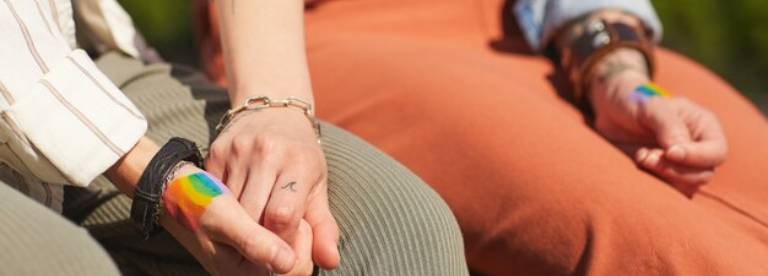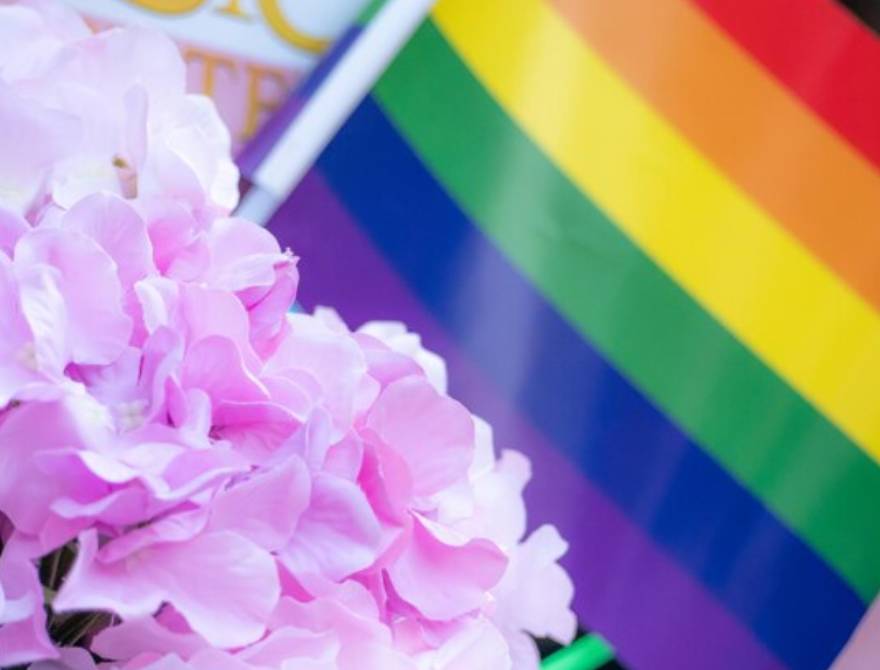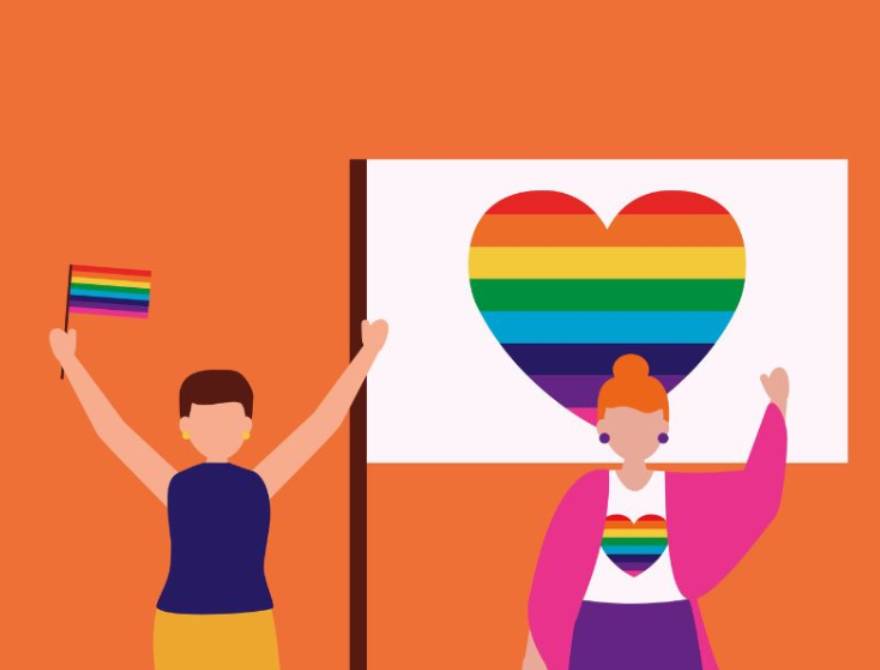Ensuring Inclusive Funerals: Empowering Steps for the LGBTIQA+ Community

Planning for one’s funeral is an essential yet often overlooked aspect of life. For members of the LGBTIQA+ community, concerns about whether their wishes will be respected after death can be particularly poignant and stressful.
A survey in the UK of lesbian, gay and bisexual adults revealed that “24% expected to face barriers relating to their sexual identity when planning a funeral”.
The survey also found that people in the LGBTIQA+ community may harbour specific fears related to death and bereavement. These include concerns about being outed posthumously, particularly considering that a significant percentage of trans, gender diverse and non-binary individuals aren’t out to family or lack familial support.
There’s apprehension about inappropriate curiosity, the treatment of their body after death, and the need to conceal sexual orientation and/or gender identity. Fears extend to the acknowledgment of relationships or gender, potential misgendering during death registration, and issues arising from a lack of legal documentation, family support, or contact. Additional worries involve the organisation of funerals not aligning with the deceased’s wishes and concerns for the safety of mourners attending services.
This blog explores the steps LGBTIQA+ individuals can take to make their funerals more inclusive, acknowledging and respecting their unique identities and concerns.
1. Appointing a trusted next of kin(s) or friend(s) from chosen family
Some queer individuals worry about estranged blood family members not respecting their wishes. Appointing a trusted friend, partner, or chosen family member as the next of kin ensures that someone supportive and understanding will be responsible for making funeral arrangements.
Without such designation, estranged family members may assume control, potentially disregarding the deceased’s sexual orientation and/or gender identity. This lack of understanding can lead to non-inclusive funeral services, misrepresentation, or even exclusion of the deceased’s chosen community.
Designating a trusted representative safeguards against such scenarios, ensuring a respectful, affirming farewell that honours the individual’s authentic self and celebrates their impact within the LGBTIQA+ community.
2. Updating medical records

3. Granting enduring power of attorney
4. Understanding the death registration process
Familiarise yourself with the process of registering a death, including the required documentation.
In Australia, the legal right to initiate the death registration process typically lies with the person who qualifies as the “informant.” The informant is usually a close family member or the person responsible for making funeral arrangements.This individual is required to provide the necessary information about the deceased person to the relevant authorities for the death to be officially registered. Not sure this is correct? Where did this come from?
The process may vary slightly between states and territories, but the informant is generally someone closely associated with the deceased, such as a spouse, parent, child, or legal representative. Is it not the police or a GP?
Knowing the steps involved in registering a death, such as obtaining the Medical Certificate (again -not sure what is meant by this – do you mean Death Certificate?, can be empowering for your next of kin or close friend during a time that is particularly challenging.
5. Choosing a queer-affirming funeral director
6. Tailoring the funeral ceremony
7. Expressing clothing preferences
8. Addressing concerns about chest binding

For trans men, gender non-conforming individuals, gender diverse people or non-binary individuals who bind their chests, discuss alternative options like K-tape or bandages with the funeral director. This ensures respectful representation during the funeral.
For those who bind their chests, a supportive conversation with the funeral director is essential. In Australia, it’s crucial to discuss alternative options such as K-tape or bandages that allow for a dignified representation of the individual. Funeral directors, when approached with sensitivity and openness, can play a vital role in accommodating unique requests related to dressing and presentation.
9. Clarifying ashes handling instructions
Clearly outline your preferences for handling ashes in the ‘Application for cremation’ form. Specify whether you want the ashes scattered, interred, or collected by a designated individual. This information should be recorded and communicated to the funeral director.
For many within the LGBTIQA+ community, their chosen family or close friends hold immense significance. The ability to nominate a trusted friend or chosen family member to collect the ashes ensures that the final resting place aligns with the deceased person’s wishes. This becomes especially pertinent in cases where estrangement from biological family members might be a concern.
This proactive approach not only safeguards an individual’s desires but also provides a sense of control and dignity in death. Funeral directors, when informed of these preferences, play a pivotal role in facilitating a respectful and inclusive post-cremation process. By fostering awareness and open communication around these considerations, the funeral industry can contribute to more compassionate and personalised end-of-life arrangements for the diverse members of the LGBTIQA+ community.
10. Legal measures for wishes
Beyond funeral arrangements, take legal measures such as writing a will, appointing an executor, and making sure someone knows about these. These steps provide additional layers of protection to ensure your wishes are respected and followed.
In a nutshell
Taking proactive steps to plan an inclusive funeral is an empowering act for members of the LGBTIQA+ community. By appointing trusted individuals, understanding the legal processes, and collaborating with affirming professionals, individuals can ensure that their funeral reflects their identity, values, and the love shared within their community. It’s a testament to the resilience and strength of the queer community in advocating for their rights and dignity, even in matters of remembrance.






